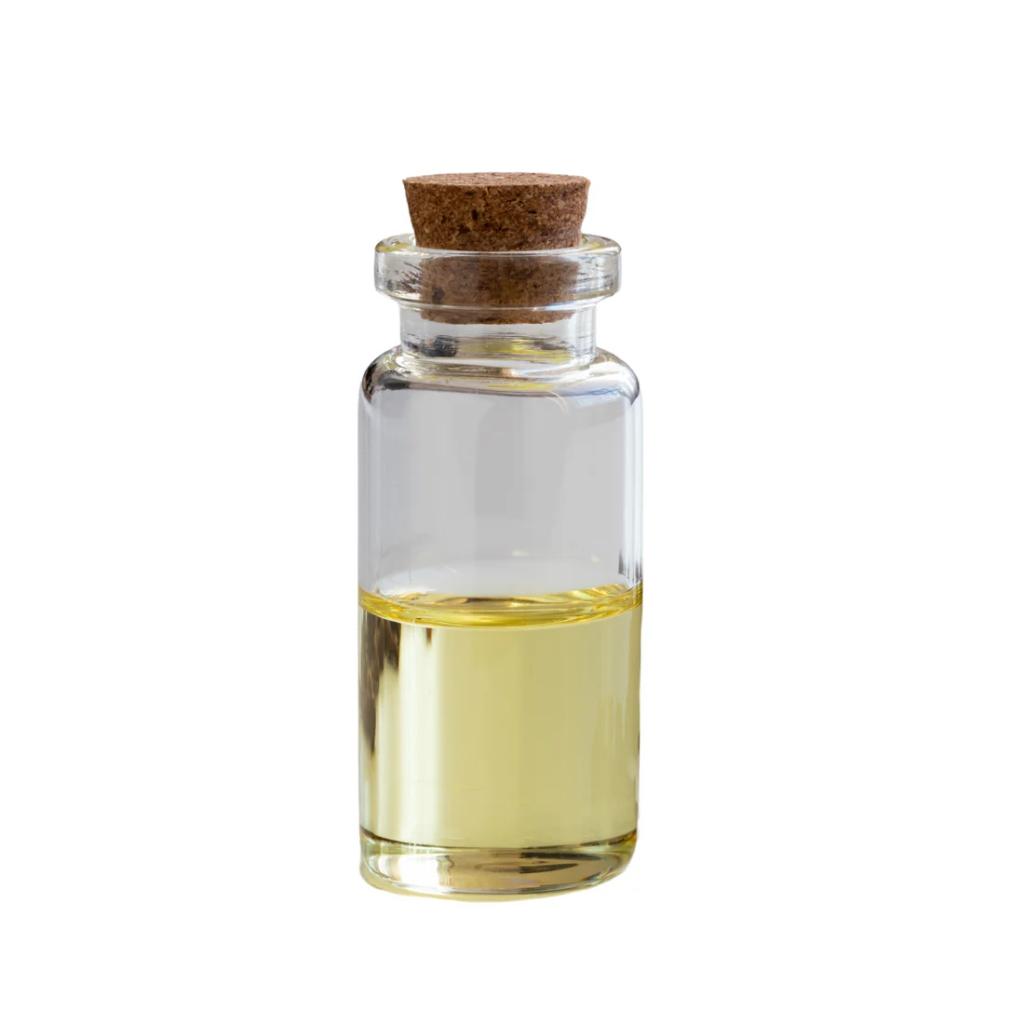When it comes to making high-quality, gentle, and effective soaps, CAPB (Coco Amido Propyl Betaine) is a popular ingredient that enhances lather, improves cleansing properties, and adds mildness to formulations. Whether you are a beginner or an experienced soap maker, incorporating CAPB into your soap recipes can take your products to the next level.

What is CAPB (Coco Amido Propyl Betaine)?
CAPB, or Coco Amido Propyl Betaine, is a naturally derived surfactant that originates from coconut oil. It is widely used in shampoos, body washes, facial cleansers, and liquid soaps due to its mildness and ability to create a rich, creamy lather. This ingredient is amphoteric, meaning it can function as both anionic and cationic, depending on the pH of the formulation, making it highly versatile.
Benefits of Using CAPB in Soap Recipes
- Enhances Lather: CAPB helps create a stable and luxurious foam, making your soap more enjoyable to use.
- Mild on the Skin: Unlike harsh surfactants, CAPB is gentle and suitable for sensitive skin types.
- Improves Cleansing Properties: It effectively removes dirt and oil without stripping the skin’s natural moisture.
- Reduces Irritation: CAPB is commonly used as a co-surfactant to balance the harshness of other cleansing agents.
- Increases Viscosity: It helps thicken liquid soap formulations, improving texture and feel.
How to Use CAPB in Soap Recipes
1. Liquid Soap Recipe with CAPB
Ingredients:
- 50% Distilled water
- 25% Liquid castile soap base
- 10% CAPB (Coco Amido Propyl Betaine)
- 5% Vegetable glycerin (for extra moisture)
- 5% Essential oils (such as lavender, tea tree, or peppermint)
- 5% Natural preservatives (like Geogard ECT or Leucidal Liquid)
Instructions:
- Warm the distilled water slightly.
- Add the castile soap base and stir gently.
- Mix in CAPB, ensuring it blends evenly.
- Add vegetable glycerin to enhance hydration.
- Incorporate essential oils for fragrance and skin benefits.
- Stir in natural preservatives to extend shelf life.
- Pour into a soap dispenser and enjoy!
2. Foaming Hand Wash with CAPB
Ingredients:
- 60% Distilled water
- 15% Liquid castile soap
- 10% CAPB
- 5% Aloe vera gel (for soothing properties)
- 5% Essential oils of choice
- 5% Natural preservative
Instructions:
- Mix all ingredients in a bowl and stir gently.
- Pour the mixture into a foaming soap dispenser.
- Shake well before use.
Tips for Using CAPB in Soap Making
- Recommended Usage: CAPB is typically used at concentrations of 5-15% in soap recipes.
- Balancing pH: Ensure the final pH of your soap is between 5.5 and 7 for optimal skin compatibility.
- Blending with Other Surfactants: Combining CAPB with other mild surfactants like Decyl Glucoside or Sodium Cocoyl Isethionate can enhance the performance of your soap.
- Avoid Overuse: Excessive amounts can lead to thinning of the formulation, so measure carefully.
Conclusion
CAPB (Coco Amido Propyl Betaine) is an excellent addition to homemade soap recipes, providing mild cleansing, improved lather, and enhanced skin compatibility. By using CAPB correctly, you can create luxurious, effective, and gentle soaps that cater to all skin types. Whether you're making liquid soap, body wash, or foaming hand cleansers, CAPB is a valuable ingredient that elevates your formulations.
Start experimenting with CAPB today and enjoy the benefits of high-quality, homemade soaps!
